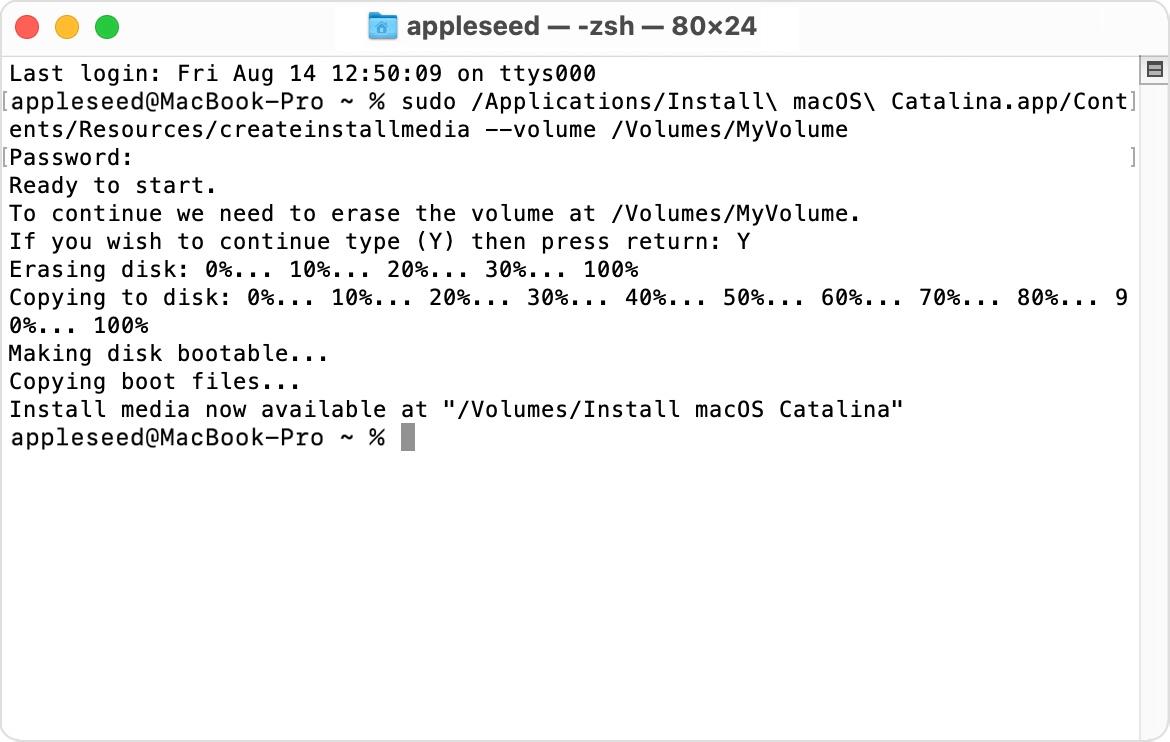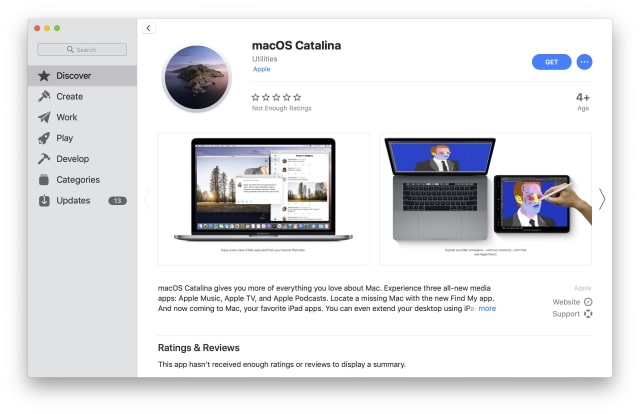

while on Macs, you should hold the Option key before OSX boots. The data recovery Mac software creates image of hard drive having bad. Though, if your Mac is based on Apple Silicon, you may find incompatibilities. UNetbootin allows you to create bootable Live USB drives for Ubuntu, Fedora, and other. Select either the DVD or the USB disk from the boot menu. If a bootable USB could not be created on Mac using BootCamp. In theory, there’s no reason why you couldn’t boot an older version of macOS, and Apple does offer ways to install older versions on a USB. Finalize the changes and hit the Restore button to begin the removal process. Can I boot older versions of macOS from a USB drive? For the same, download and install the MAC OS.
#CREATE A USB BOOT KEY FOR MAC MAC OS X#
OSx86 ONLY: Boot Mac OS X x86 from a USB Pendrive this is for OSx86 (Hackintosh. For best performance be sure to use the significantly faster USB 2.0 or better, then choose what you need: Install Mac OS X Snow Leopard from an external firewire hard drive or USB flash drive.
#CREATE A USB BOOT KEY FOR MAC HOW TO#
Our testing gave us no issues when using a USB 2.0 to USB-C connector, so you’re able to press your older USB drives into service. For MAC Users MAC Users can use the createinstallmedia command in the terminal for How to Make Bootable USB. That’s kind of neat, but we advise the USB flash key instead. Am I able to use a USB connection other than USB-C? We recommend 16GB to give yourself enough “wiggle room” when it comes to the installation process. As such, you’ll need a large enough USB drive to store Big Sur. In our experience, you will not be able to do this. Can I split an installation across multiple USB drives? Disk operations on the boot drive can be performed safely from a USB stick as well. You can now run the operating system as normal and use this USB drive to boot up your Mac. If you’re using an Apple Silicon machine, you’ll need to insert the USB drive, shut the Mac down, then reboot and hold the Power key until you come to the Startup Manager.įor Intel Macs, restart and hold the Option key to enter into the boot selection dialog.įor both types of machines, use your keyboard’s arrow keys to select the USB drive from the list of bootable devices, click to confirm, and your USB drive will begin to boot.

You could also use the Startup Manager to select your boot drive when you start macOS. Your Mac will reboot from the USB instead of your default startup disk.


 0 kommentar(er)
0 kommentar(er)
